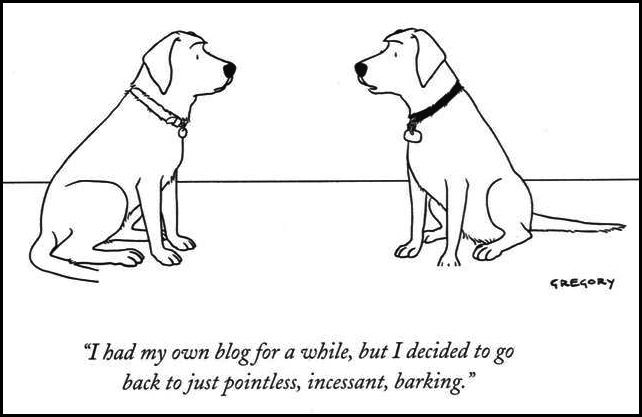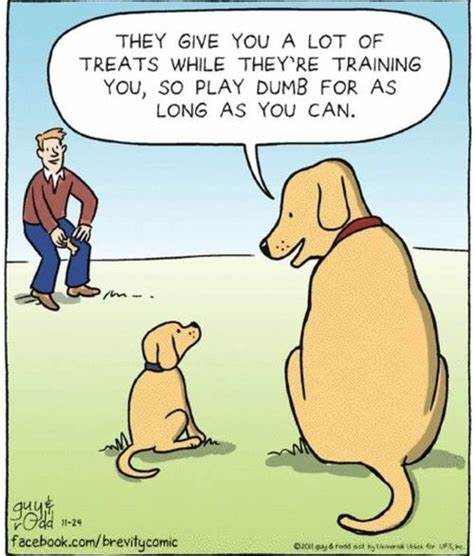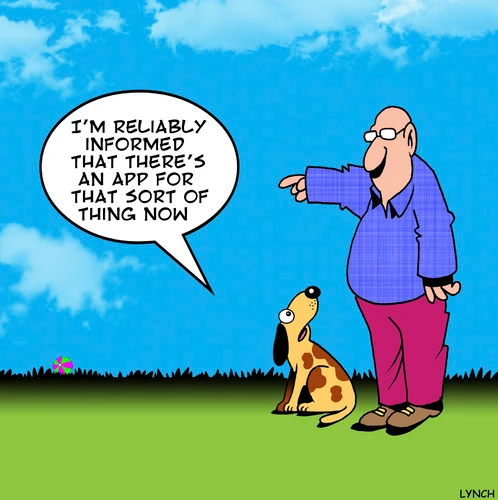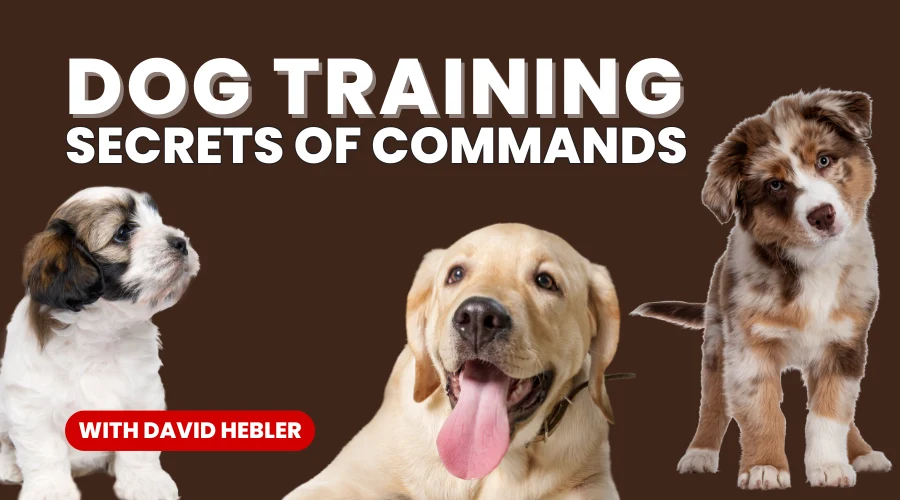I had mentioned in David’s dog training post that I would follow up with a more in depth look at the different commands he uses and what the dog owner can do to be a better pack leader.

It’s important to state that the foundation of Davids training starts with a leash and collar, hand motions, and verbal commands. There are no treats or shock collars used. It’s all clever leash handling and building that trust between dog and trainer.
Let’s take a closer look at the commands. You’ll see all are very basic and simple, but these simple commands are a great mental challenge for the dog. Each command has an associated hand gesture that is always done with the left hand. The right is for handling the leash.
Sit
Getting your dog’s butt on the ground is the goal here. To get across what David wants, he motions his hand flat out, with his palm facing up, and verbally says “Sit”. The dog reads the hand motion and starts putting together what each motion means.
Eventually with each command the dog will automatically do what you want with just the motion itself, and you can exclude the verbal command.
Down
Getting the dog to lay down with belly touching the ground. David motions his hand downwards with palm facing down and says, “Down.”
Stay
You can say this command with the dog sitting or laying down. David waves his hand in front of the dog with his palm facing the dog and says, “Stay.”
The dog should stay exactly where he is and will eventually work towards putting distance (up to 6 ft or more!), between him and the dog.
Come
David motions his hand towards his body, palm facing inwards, like he’s about to say The Pledge of Allegiance.
The dog should come to him and automatically sit directly in front of his feet.
Heel
David motions his hand behind his left side, with his palm facing behind him as well. The dog should immediately go and stand on his left side.
No part of the dog’s body should be extended out past David’s leg.

Sit-Stay
Combining the sit command and the stay command. When wanting a dog to sit-stay. David first gives the command to sit with the sit hand motion. Then he tells the dog to stay with the stay hand motion.
Down-Stay
Probably the most important command to master, especially while in public places. David gives the command for down with the down hand motion, then he gives the command for stay with the stay hand motion.
Down-stay ensures the dog will stay in one designated spot. He is not allowed to move out of the spot unless told to.
This ensures the dog’s safety when in an unfamiliar place, as well as the safety of humans and other dogs as well.
The leash handling is the integral part of the training.
Dogs can read the leash and sense what David is going to do next. They can read how much tension he puts on the leash, read his hand placements, and his body language. They know through the leash how David is feeling and what command is about to come next.
The hand placement is important because if he’s handling a dog that is going to bite, he knows how to hold the leash, so a dog can’t do that.
After all, David’s hands are pretty valuable when in comes to dog training.
But wait! There’s more.
Not only are there commands and hand gestures, there is footwork involved as well, which David explains and demonstrates in the video below. You’ll see how his turns are very militant in nature.
David’s training is just as much training the owner, (if not more so) as the dog.
David generously offered up a few pro-tips for my readers:
4 Tips From A Professional Dog Trainer
- Always keep your emotions in check when handling your dog. Dogs know when you’re upset and if you’re too harsh with them, it could lead them to become fearful and aggressive in the future.
- Remember that your dogs are not robots. Dogs don’t always listen the first time. They’re like toddlers. They are individual beings, with each having a unique personality.
- Consistency is key. Keeping up with the training is an all day job. You can’t let your dog get away with unwanted behavior one day and then expect them to know better the next. Enforcing the wanted behavior all the time is going to get you the results you want.
- Dogs will give you their whole heart and respect when you take the leadership position. You are stepping up and essentially telling the dog, “I got this,” lets the dog relax and just enjoy being a dog.

A Lesson From One of David's Clients
David had a client not too long ago that wasn’t too happy with the training in the beginning.
He kept saying that his dog wasn’t doing anything he was telling him, despite him giving all the correct commands. It was discovered after a few sessions with the owner that he wasn’t enforcing the training all the time.
He would put his dog in a down-stay, but not enforce him to stay until he was told to get up.
So the dog was just getting up whenever he wanted. This sent the wrong message, and was essentially telling the dog that his owner wasn’t really in charge.
This led to the owner getting upset, and then getting frustrated with the rest of the training. His chain of reactions made his dog confused, so the dog just resorted back to his old behavior.
With David’s coaching, the owner was able to see how his frustration and lack of enforcement was impeding on the training. With more practice, he was able to guide himself and the dog on the right path.
Now, owner and dog understand one another and are living much more harmoniously. That’s a beautiful thing.
If you are in need of a dog trainer and want a deeper understanding of all it takes to become the pack leader, David Hebler is your guy.
You can contact David with any dog training questions or to schedule a free consultation by emailing him at Davidhebler@lorenzosdogtrainingteam.



